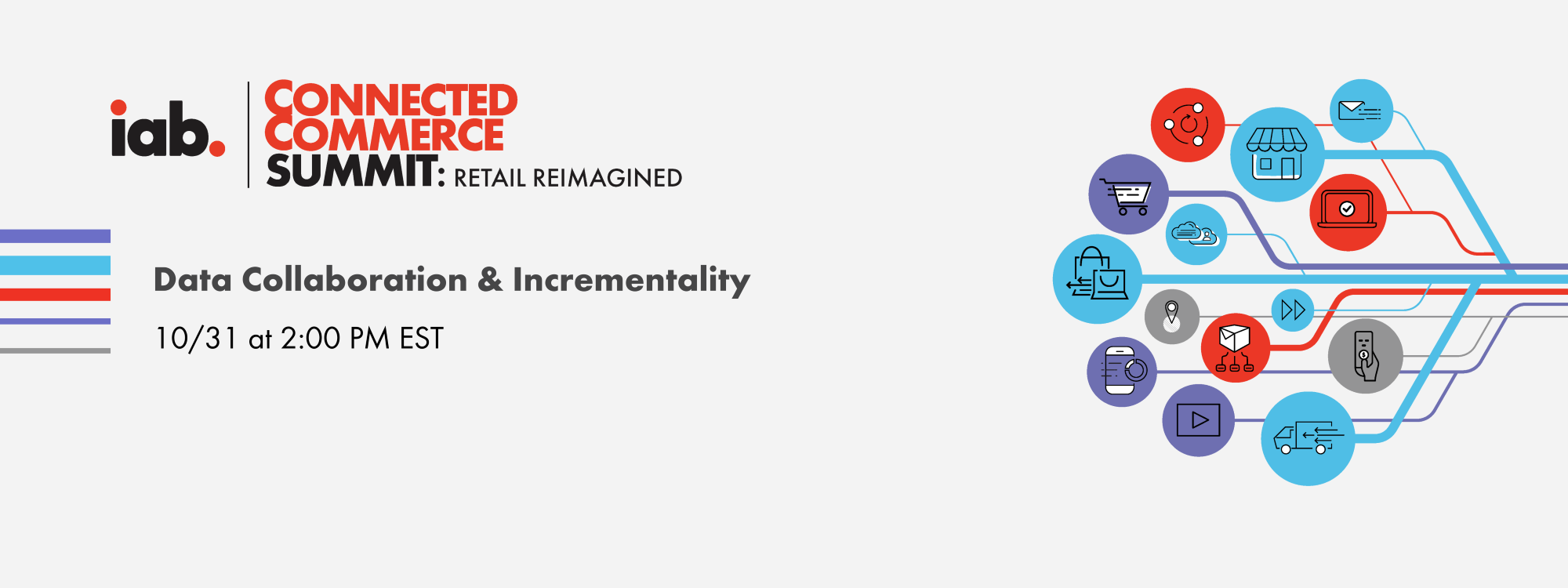Findings Are Driven by Detailed Research into Business Practices and the Market Forces Propelling Strong Performance
PHOENIX, AZ (February 11, 2019) – IAB, the national trade association for the digital media and marketing industries, today released a comprehensive research report entitled “How to Build a 21st Century Brand: 2019,” an in-depth analysis of how direct brands are driving tremendous transformation in the way consumer goods and services are created, marketed, and sold. It points a way forward for stakeholders across the digital ecosystem with insights and guidance for flourishing in the shifting consumer economy—where upstart brands such as Allbirds, BaubleBar, Brooklinen, Dagne Dover, Dirty Lemon, Kopari, Madison Reed, Peloton, and Plated are grabbing market share away from household name retailers.
The new study, presented at the 2019 IAB Annual Leadership Meeting, showcases the latest developments throughout the consumer marketing landscape, a deeper dive into the initial milestone work IAB CEO Randall Rothenberg presented at last year’s conference. The direct brand economy is strengthening while: physical retail continues to decline; growth in e-tail business accelerates; and consumer e-tail spend vastly outpaces brick-and-mortar in categories as varied as beauty, groceries, and wellness. All of this is happening in tandem with a slowing CPG marketplace, in which ecommerce is driving 82 percent of all CPG growth.
Within this extensive research is a new direct brand roadmap that uncovers lessons for incumbent brands, up-and-coming direct brands, publishers, and the entire support system enabling this growth, from technology to suppliers:
- There is a playbook emerging that takes brands from customer acquisition cost (CAC) to lifetime value (LTV)
- Disruptor brands are acquiring individual customers at scale, overwhelmingly through mobile channels
- Storytelling lowers acquisition costs
- Community turns customer acquisition cost (CAC) to lifetime value (LTV)
- For disruptors, branding must perform…and vice versa
- Direct brands are becoming media promiscuous, moving beyond social media marketing—spending on channels such as over-the-top (OTT) and addressable television
- Omnichannel shopping is the new normal, from online to brick-and-mortar to pop-up shops
- Fast is the new fashion in every category, with new product launches happening in just 4 to 7 months
- Two-day delivery is the cost-of-entry standard for customer service—and 2 hours is next
- Delivery of one product should empower the discovery of others
“The digital media and marketing industries are now in the business of brand creation, brand sales, and brand replenishment—and no longer in the business of banner ads and video spots,” said Rothenberg. “Thousands of smaller brands are storming the barriers that once protected the giants and they are changing the craft of marketing and selling. Today, advertising is just one part of an evolvingly complex marketing mix that relies increasingly on first-party data, owned media, self-managed pop-up shops and stores, a feedback loop for rapid and responsive product development, and in terms of ‘traditional’ media, largely mobile and addressable television.”
“How to Build a 21st Century Brand: 2019,” expands upon a complementary study published yesterday, the “IAB 250 Direct Brands to Watch.” That report identifies the direct-to-consumer brands to watch in the U.S. The number, variety, and diversity of young businesses on the list demonstrate just what a powerful force this trend has become.
“After more than 100 years, the consumer brand economy is moving away from an ‘indirect brands’ model,” added Rothenberg. “These indirect brands that you all know by their household names long dominated through owned and operated, high-barrier, capital-intensive supply chains. Revenue resulted only after a series of third-party handoffs from brand to publisher to retailer. In contrast, the new ‘direct brands’ model that builds value through low-barrier, capital-flexible, leased or rented supply chains, and revenue results from the direct relationships between the company and its end consumers. Any brand that wants to survive must prepare for this new reality.”
“How to Build a 21st Century Brand: 2019” is sponsored by the Direct Brand Initiative Strategic Partners, Google, Hulu, Pinterest, and Spotify.
To read the full report, visit www.iab.com/direct-brand-economy.
About IAB
The Interactive Advertising Bureau (IAB) empowers the media and marketing industries to thrive in the digital economy. Its membership is comprised of more than 650 leading media and technology companies that are responsible for selling, delivering, and optimizing digital advertising or marketing campaigns. The trade group fields critical research on interactive advertising, while also educating brands, agencies, and the wider business community on the importance of digital marketing. In affiliation with the IAB Tech Lab, it develops technical standards and best practices. IAB and the IAB Education Foundation are committed to professional development and elevating the knowledge, skills, expertise, and diversity of the workforce across the industry. Through the work of its public policy office in Washington, D.C., IAB advocates for its members and promotes the value of the interactive advertising industry to legislators and policymakers. Founded in 1996, the IAB is headquartered in New York City and has a San Francisco office.
IAB Media Contact
Laura Goldberg
347.683.1859
[email protected]



